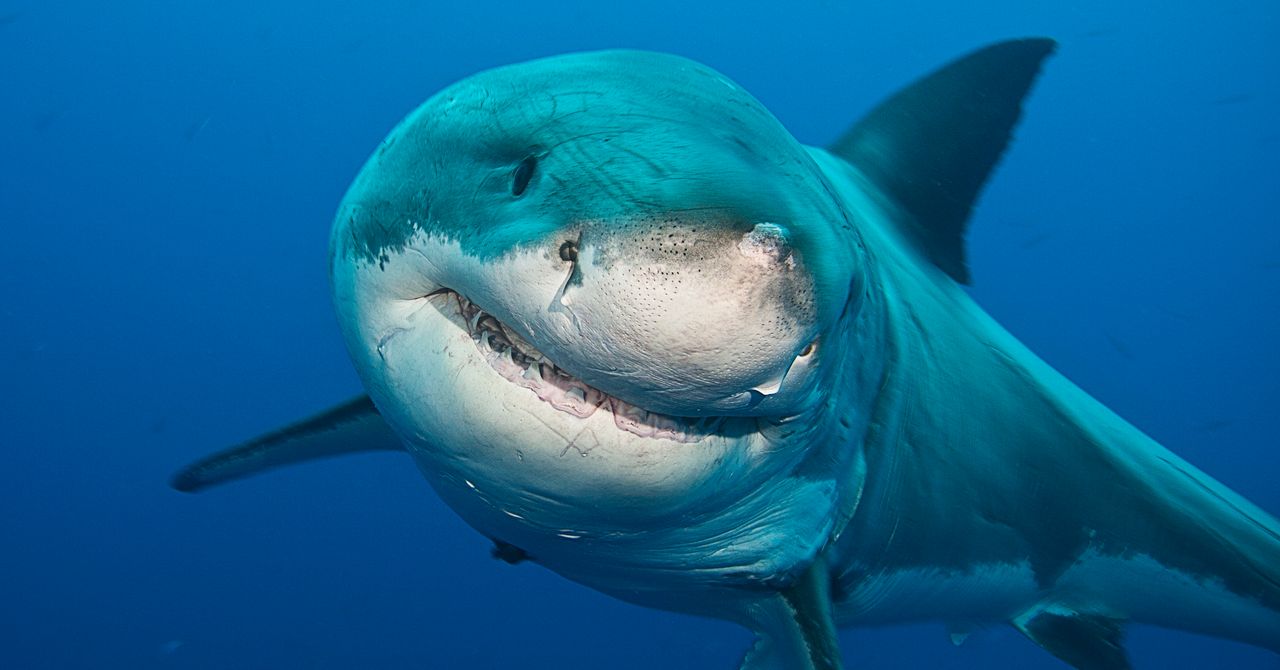I expected to meet a dreaded ‘man eater’, but when I saw it, I realized it was a defenseless animal, more afraid of me than I was. The moment my curiosity aroused, and I decided to learn more about sharks. I traveled to the island of Guadalupe on Mexico Pacific to see big white sharks, and I took a small camera and shooting camera. When I managed to photograph a wonderful white shark, I realized that the camera was more than a tool, it was a way to reach my goal of meeting sharks.
The films have reduced Sharks to one or two descriptions for many people: they are scary and insatiable. What do you learn to be with them and why do you defend them?
I dreamed of being a diver from a very young age because my parents were divers. While my mother died when I was just one year old, my dad told me about his adventures with sharks. He said they were bad. When I was seven I saw the film Jaws, And I was attracted to the character Matt Hooper, the scientist. At the end, if the shark destroys the boat, the Hooper climbs into a cage, the shark breaks it and everyone assumes he should have eaten, but eventually he survives. Shortly after we saw the film, we went to a beach in Tuxpan, in the East Mexican state of Veracruz. My dad bought a small dead shark from a fisherman, and I played on the beach with my half -brothers. Those moments led to my love for sharks. For me, it is my safe space to live next to animals. It is then that I feel calm when I’m really myself. I feel free, comfortable.
Wired covered how overflowing reached the deep sea, threatening rays and sharks. Have you seen these creatures in their population groups in your 20 years, and what is it to see first -hand the impact on our oceans?
I saw two phenomena. Without going too far from my house, near the island of Cozumel, on the coast of the Riviera Maya in the Caribbean, there was life again as there is now. But I also saw places like Cabo Pulmo, at the tip of Baja California, where there were almost no sharks 20 years ago, and now it’s with them. If sharks are naturally present, without anyone supporting and feeding the population, it is a sign that the ecosystem is healthy. In Cabo Pulmo, they created protected areas that became points of hope. There are not enough of these areas, but there you can find the whole food chain, from sharks to the smallest plankton. If you take away the sharks, the entire ecosystem becomes unbalanced.
Lately I’ve seen more and more dead and bleached coral, and it’s very sad.
What does it look like?
